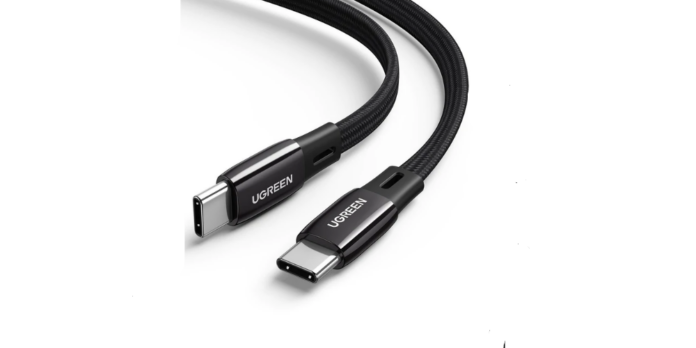Thunderbolt 3 and USB-C aren’t exactly cutting-edge innovations anymore, and even before, Mac users may get lost in the similarities and differences. This isn’t so much about adapters and connectors these days but rather about power.
It is possible to use some USB-C cables to transfer data, video, and networking traffic while also providing low-wattage power to USB devices with a USB Type-A connector attached to the other end. In terms of maintaining and recharging an Apple laptop, they’re not up to the task.
However, other cables using the same connectors can only transfer data at speeds of up to USB 2.0 and can only handle up to 29W (watts), 30W (watts), or 100W (watts). Or may be able to handle the 100W of power specified in the Thunderbolt 3 specification!
Let’s take a look at why this is the case:
Higher Data Transfer Rate
When it comes to USB-C, it’s more of a standard for connecting and cabling devices than a protocol for defining what data can be transmitted over it. With the USB-C port, some non-Apple devices—like some non-Apple smartphones, the 2015 to 2018 12-inch MacBook, tablets, and laptops—use USB-C to carry USB 2.0, 3.0, 3.1, and HDMI/DisplayPort (and even DVI and VGA!).
With a data transfer rate of up to 40Gbps, Thunderbolt 3 is cutting-edge technology. In order to work with the USB-C connector, it had to be designed specifically for this purpose. As with “plain” USB-C devices, they can also carry all of the traffic listed above for USB-C devices.
Allows Up to 100Watts of Power
USB-C incorporates the USB trade group’s Power Delivery 2.0 specification, which allows up to 100W of power. As of 3.0, there are additional smarts about multiple connected devices, but fundamentally it’s the same.
The catch is that you need the correct cable for the correct voltage to pull this off. To avoid damaging a device by plugging in a USB-C cable rated for a lower wattage, USB-C negotiates power usage and prevents passing voltages above the level.
USB-C Cables Level of Power
While USB-C and Thunderbolt 3 both include power delivery as part of the USB specification, there’s an issue when we talk about power delivery. A laptop’s level of power could be transported over a USB cable designed for that purpose before USB-C, but manufacturers generally avoided this in order to avoid cable confusion.
USB-C incorporates the USB trade group’s Power Delivery 2.0 specification, which allows up to 100W of power. As of 3.0, there are additional smarts about multiple connected devices, but fundamentally it’s the same.
Summing Up
Many USB-C cables have the same-looking USB-C connectors. You can check out the ugreen store as they offer a wide range of reliable and durable USB C cables. Keep in mind that using a USB-C cable with a different USB connector (like Type A or Micro Type B) at the other end can result in power loss. They can handle USB 2.0 data (480 Mbps) plus no more than 15W (5 volts at 3 amps) for charging smartphones and tablets.












